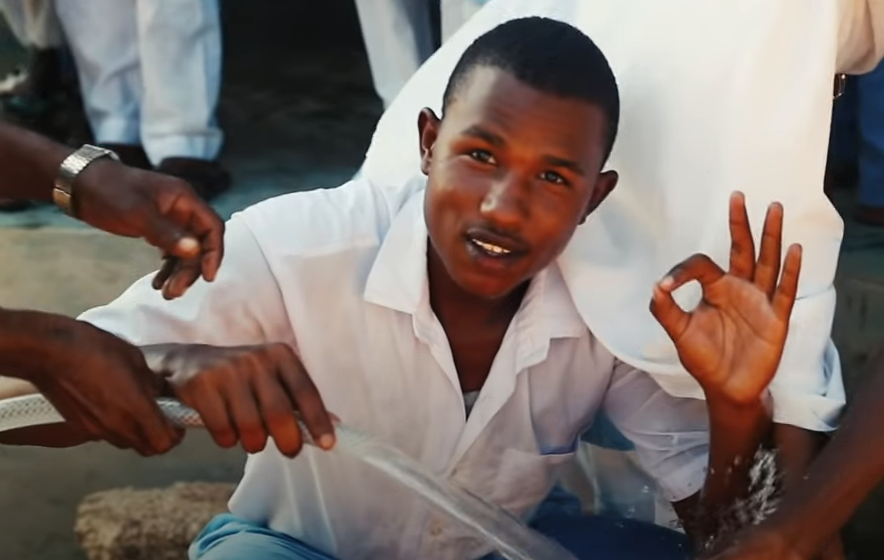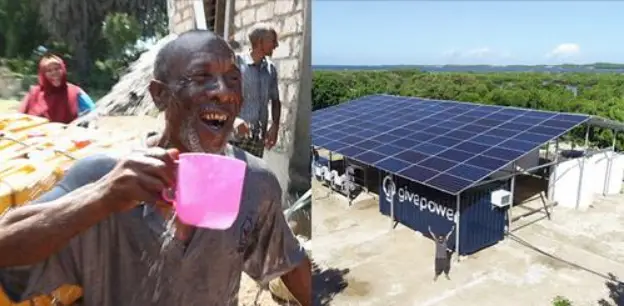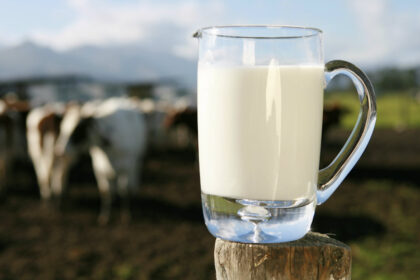Drinking water is taken for granted in many parts of the world, but as time continues to pass it has become obvious that we need new solutions to take the growing problem of water insecurity.
About 2.2 billion people struggled to get fresh drinking water as of 2019, and things could be getting worse with food shortages and poverty that have begun to hit the world’s population since spring 2020.
To make matters more challenging, about 97% of the Earth’s water is considered to be undrinkable (that we know of, anyway), highlighting the need to discover and create new water sources.
Luckily, many places in the world are beginning to embrace the type of technology we need to solve this problem: and it’s happening in Kenya where one village has found remarkable success in a way that the entire world could benefit from in the near future.
Solar Plant Produces Water for Tens of Thousands Each Day
Kenya is the seventh largest country in Africa with over 53 million people, and recently one Non-Governmental Organization (NGO) named Give Power has been working to utilize technology to ensure clean drinking water for the country’s residents.
Their biggest recent success story occurred in a village named Kiunga, where a solar-powered desalination system was installed.
The new system can produce enough water for 35,000 people per day (around 70 thousand leaders), making life much easier on the village’s inhabitants.

Previously, they were forced to travel one hour each day to reach a water source that was said to be full of parasites and pollutants.
According to the non-profit Water.org, 32% of Kenyans rely on “unimproved” water sources which run the risk of having these types of issues.
That’s a sugar-coated way of saying that the water quality is life threatening for many people in the area, or at least was until this project was completed.
During the dry season, many Kenyans are forced to eat, drink and cook with what Give Power describes as “brackish and contaminated” water.
Many people drink salt water that causes nausea and vomiting, among other symptoms, including some that are far worse long-term.
Combined with the outrageously long commute, the organization knew it had to step in and do something.
The success of the new initiative could be a template to bring healthy water of a higher purity level to those who are at risk.

Desalination is not widely used, but it holds great promise for communities in need.
It requires a great deal of energy to utilize, which is why the solar-powered aspect of Give Power’s design is so ingenious and important.
The process of desalination works as salt and minerals are separated from the water through a membrane. Liquid goes through an osmotic process in which is natural state is engineered to have equal amounts of water, minerals and salt on each side of the membrane.
Post-processing, a chemical process typically is utilized to make the desalination happen as well.
Give Power has tackled some of these challenges by utilizing solar water farms, solar panels, Tesla batteries and water pumps.
The final product is also unique in that it does not produce saline residues that pollute the environment.
Watch the heart-warming video below to witness the emotional first moment the tap was turned on in this village, and be sure to share this article with anyone you know who is not aware of this success for helping those in need!





